Petrella Salto, overlooking the Lago del Salto, is a charming village rich in history, art, and archaeological testimonies from the Roman era.
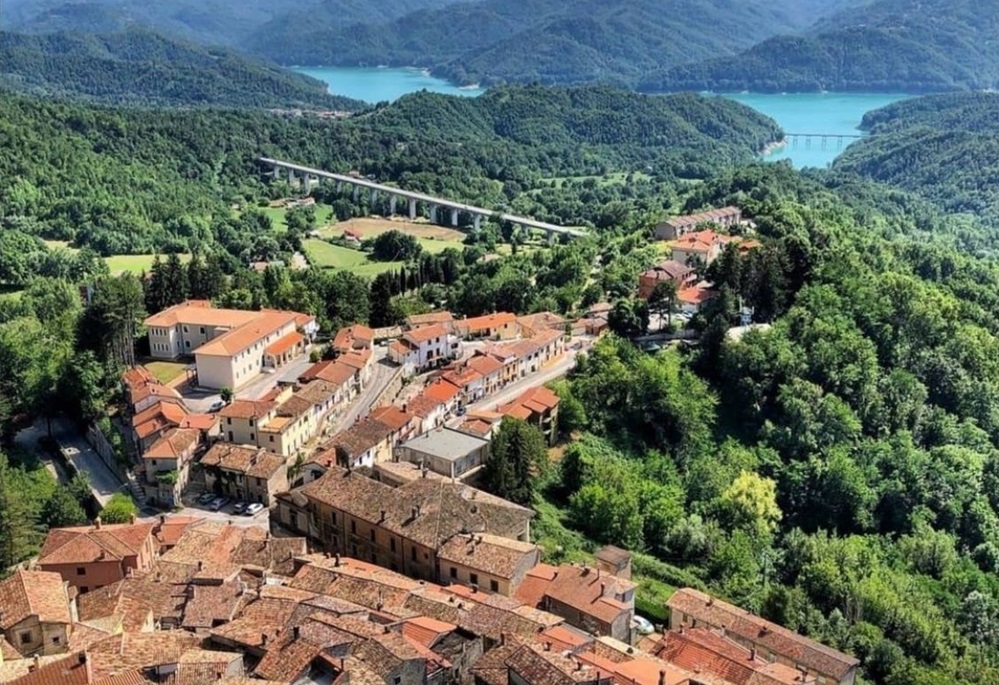
Petrella Salto overlooking the Lago del Salto
The small town also includes the fifteen hamlets of Borgo San Pietro, Capradosso, Castel Mareri, Cerreta, Colle della Sponga, Colle Rosso, Diga Salto, Fiumata, Offeio, Oiano, Pagliara, Piagge, San Martino, Staffoli, and Teglieto.
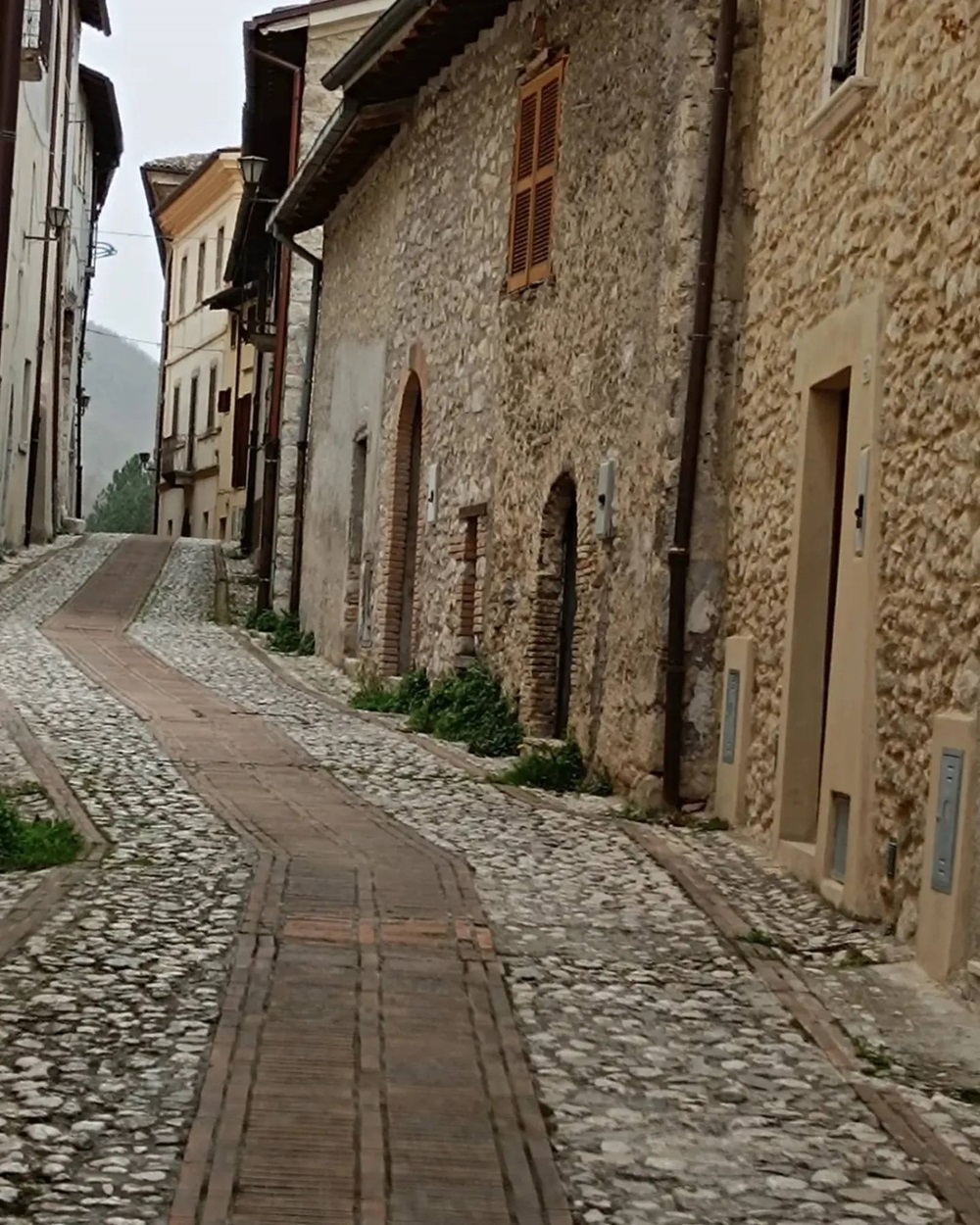
The historic centre of Petrella Salto
The well-preserved historic centre, with its winding alleys, beautiful houses, and fifteenth-century portals and windows, arose in the eleventh century as a fiefdom of the Mareri Counts, and, in the sixteenth century, it passed to the Colonna Family. After the death of the last descendant, the territory was incorporated into the Kingdom of Naples.
The young Filippa Mareri had been so impressed by her encounter with St. Francis, so much that she decided to found the first Monastery of San Pietro de Molito in 1228. Thanks to the many miracles attributed to the Saint, the devotion to her grew over time.
In 1940, the Monastery of Santa Filippa was submerged by the waters of the artificial Lago del Salto, and then rebuilt. In 1598, in Rocca di Petrella, one of the most famous crimes of the sixteenth century occurred, the assassination of Francesco Cenci, organized by his daughter Beatrice. Petrella is indissolubly tied to both opposite figures of Filippa and Beatrice, the latter rather fictionalized.
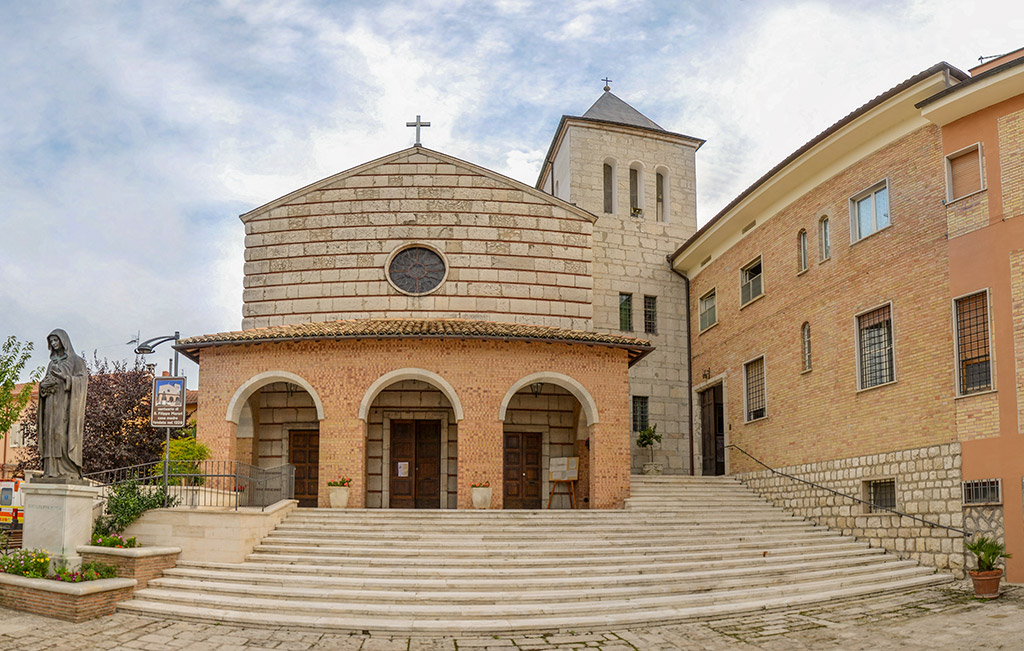
The Monastery of Santa Filippa Mareri in Petrella Salto – Photo Saltocicolano.it
Not to be missed in Petrella Salto are the elegant medieval and Renaissance buildings, with their sculpted portals, windows, cornices, and architraves. Also noteworthy are the Collegiate Church of the Santissima Annunziata, built in the twelfth century and subsequently remodelled, and the impressive Church of Sant’Andrea, as well as the Rocca della Petrella, also known as Rocca Cenci, with its beautiful view of the Valle del Salto, Cicolano.
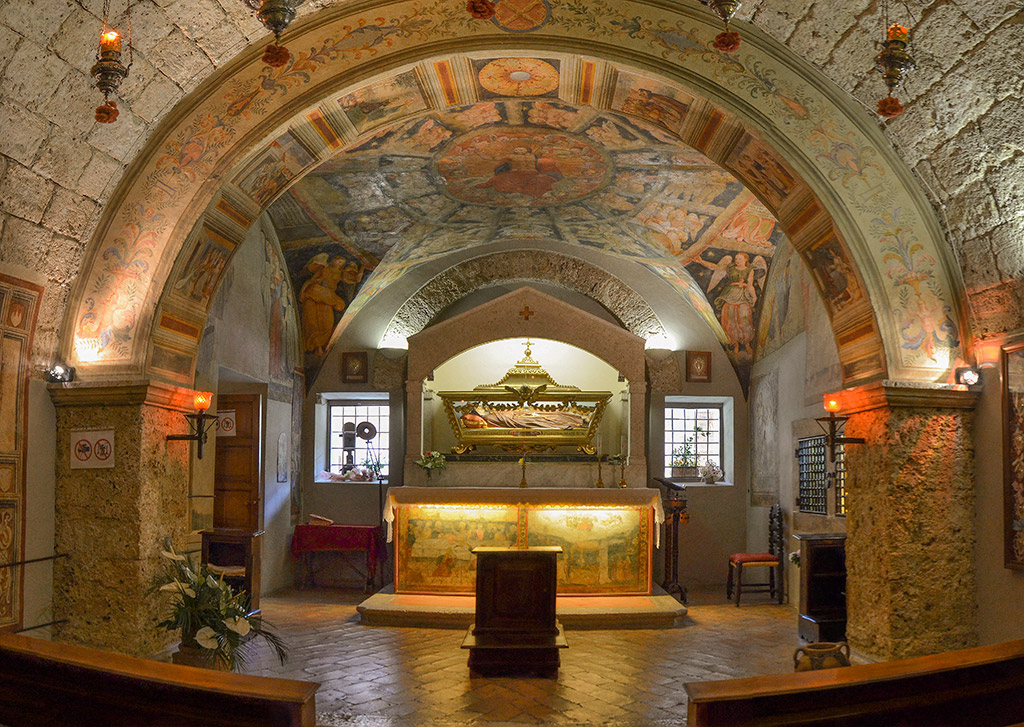
The Chapel of Santa Filippa – Photo Saltocicolano.it
In the ancient hamlet of Borgo San Pietro, lies the Museum adjacent to the Monastery of Santa Filippa Mareri, which tells about the Poor Clares’ everyday life. Today, the monastery hosts numerous works of art, including several oils by De Chirico, and the chapel decorated with splendid sixteenth-century frescoes, depicting Santa Filippa.
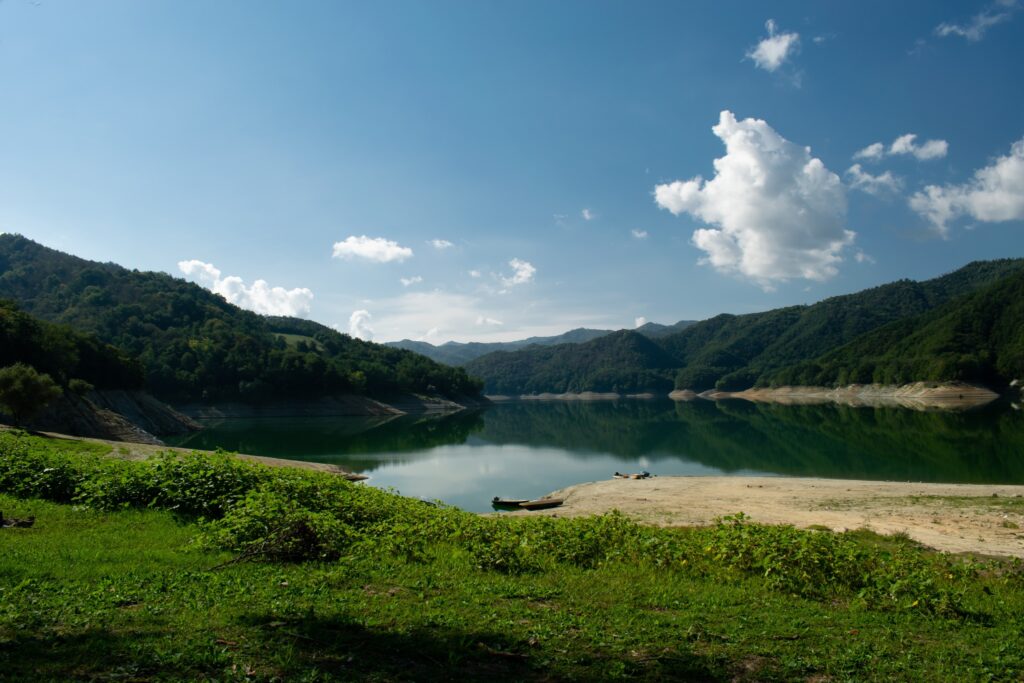
The Lago del Salto
The artificial Lago del Salto was created in 1940 to power the Cotilia hydroelectric plant, which was built a couple of years later to serve the steelworks in Terni. The swimmable lake is perfect for lovers of water sports and hosts several national and international competitions.
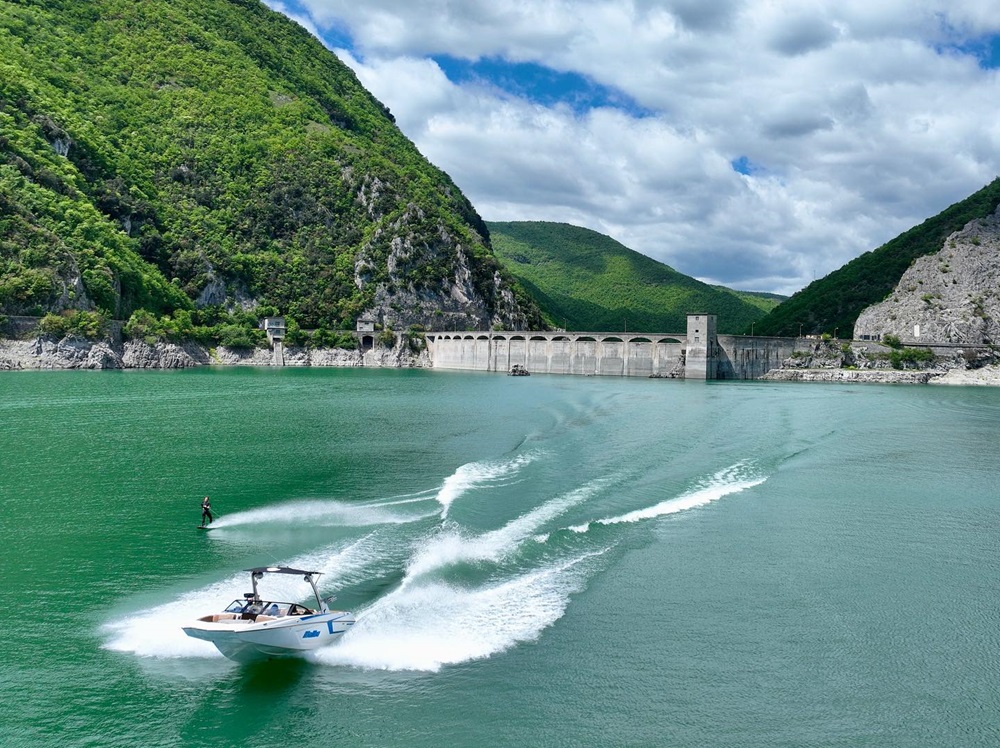
Wakeboard on Lago del Salto – FB Photo CNVS Wave
Among these, wakeboard, a spectacular water sport, is regularly practiced here, as well as scuba diving, an opportunity to discover ancient submerged villages.
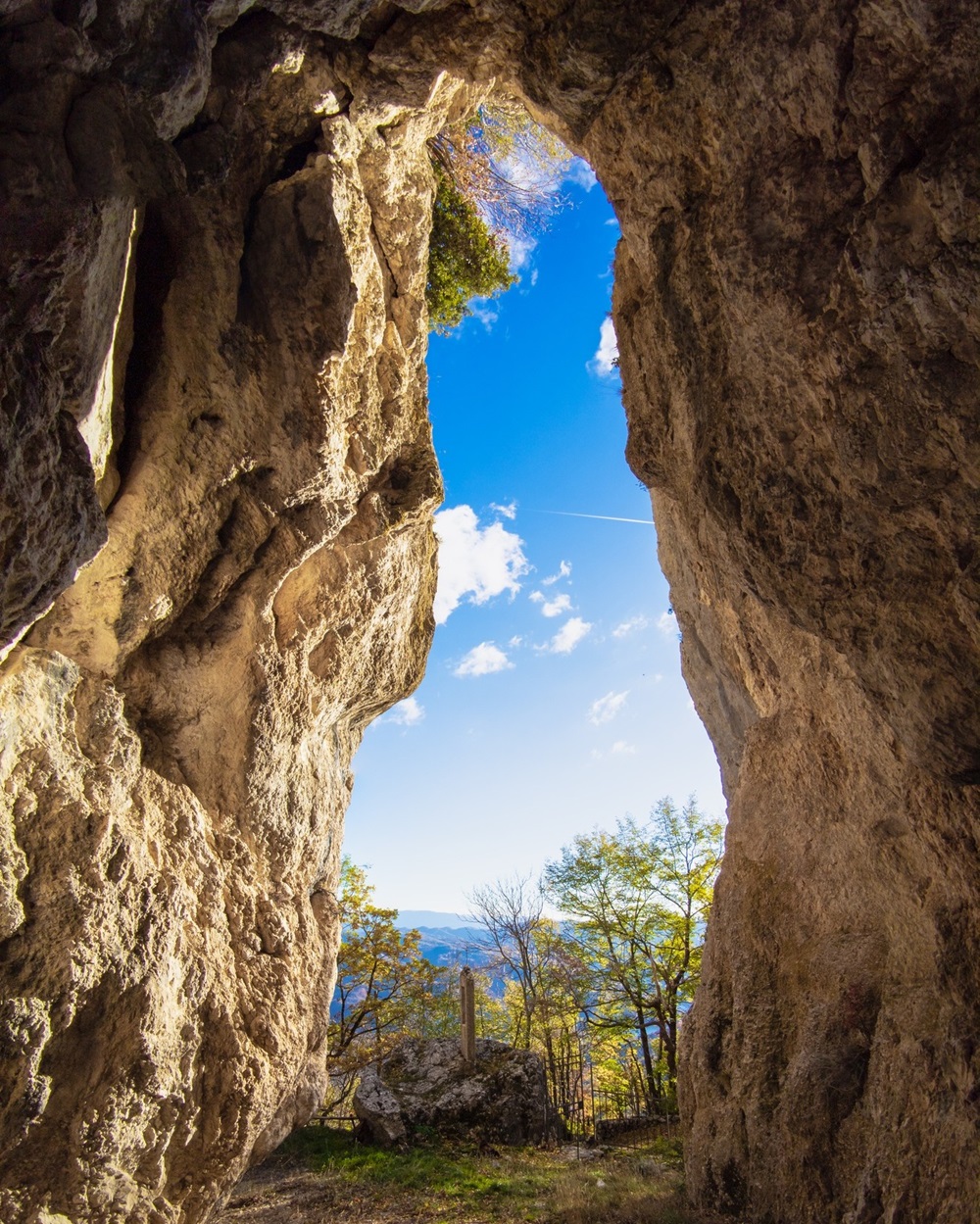
The Grotto of Santa Filippa Mareri
A path in the nature leads to the Grotto of Santa Filippa, a small rock church, from where it is possible to enjoy an enchanting view of the Cicolano Mountains and the surrounding area.
Along the shores of the lake, truffles, porcini mushrooms, and the renowned Cicolano chestnuts can be found. The waters of Lago del Salto are rich in freshwater fish, the main ingredient of typical recipes, such as spit-roasted eel or truffled trout. Traditional specialities are grass peas soup, pears preserved in must, and the typical biscuits tersitti de’ Girgenti.
